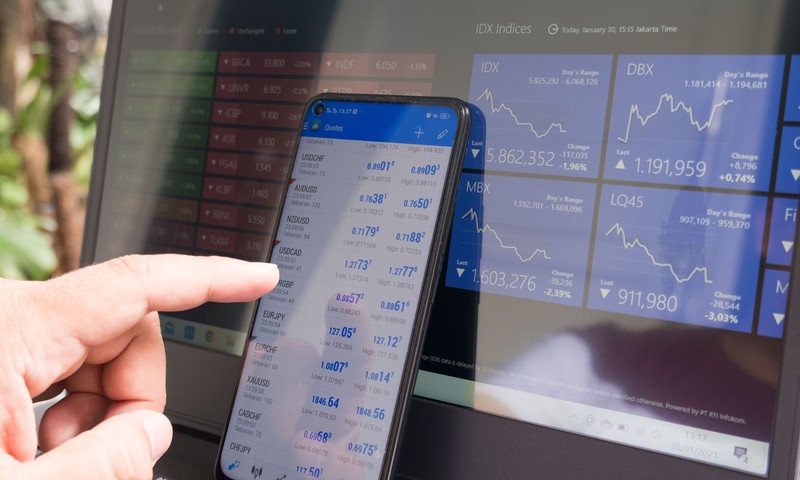If you thought seeing stock markets freefall for the last year would have scared off investors, let us introduce you to the incoming wave of do-it-yourself Canadian traders.
Driving the news: A new report suggests that in the year leading up to June 2022, no-fee trading platforms accounted for almost half of all new account openings and almost a third of all trading activity, per data obtained from ISS Market Intelligence by The Globe and Mail.
The adoption of no-fee trading in Canada has lagged behind the US partially because many of the practices that allow them to turn a profit are banned.
- For example, so-called “payment for order flow” (PFOF) allows US platforms like Robinhood to make money by routing trades through bigger companies but is effectively banned in Canada.
- As a result, most Canadian discount brokerages still charge up to $9.99 a trade, but that may change as clients demand alternative options or one of the Big Banks moves into no-fee trading to acquire new customers.
PFOF was criticized by the SEC during the meme stock trading frenzy of 2021 for potentially creating incentives for platforms to gamify trading to increase activity.
- Despite the newly highlighted risks, the demand for no-fee trading hasn’t worn off. About half of young Canadian adults self-manage over 50% of their investments.
Why it matters: The initial novelty of meme stocks has faded along with most of the gains they generated for lucky traders, but retail investors are still happy to play the markets on a DIY basis. Without a revenue stream like PFOF, however, it’s unclear whether the few no-fee brokerages in Canada that service them can remain profitable over the long term.
